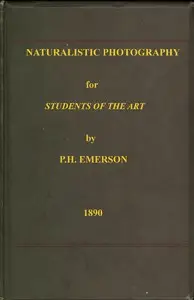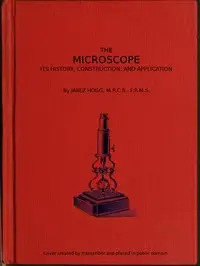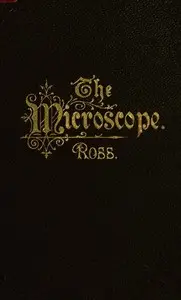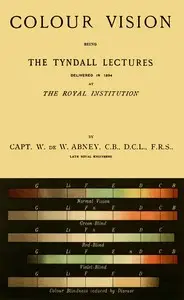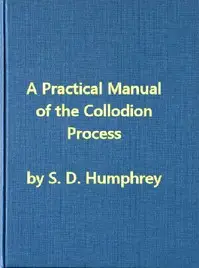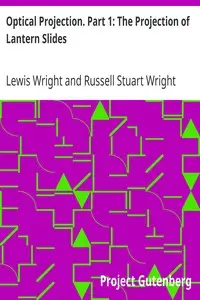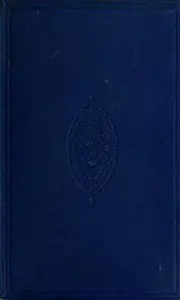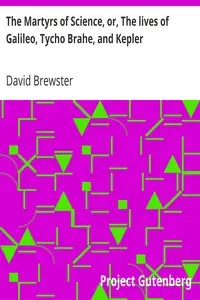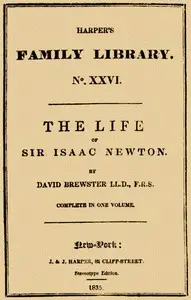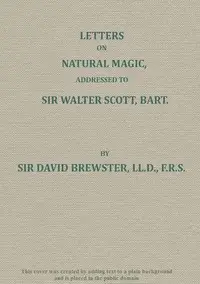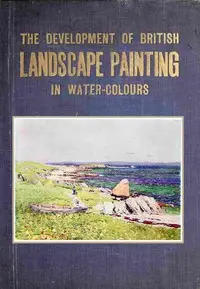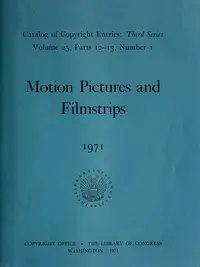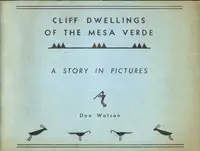"The Stereoscope: Its History, Theory, and Construction" by David Brewster is a 19th-century book about the stereoscope and its uses. It explains how the stereoscope works by showing how it makes flat pictures look 3D using two images, one for each eye. The book teaches about the history of the stereoscope, how our eyes see depth naturally, and how important people like Euclid helped us understand vision before the stereoscope was even created. It also talks about the different ways the stereoscope can be used in art, photography, science, learning, and other helpful areas. The book's main focus is the history, scientific ideas, and making of the stereoscope.
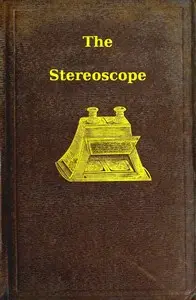
The stereoscope : $b its history, theory, and construction, with its application to the fine and useful arts and to education
By David Brewster
Discover how a clever device invented long ago tricks your eyes into seeing depth where there is none, opening up a whole new world of visual possibilities.
Summary
About the AuthorSir David Brewster KH PRSE FRS FSA Scot FSSA MICE was a Scottish scientist, inventor, author, and academic administrator. In science he is principally remembered for his experimental work in physical optics, mostly concerned with the study of the polarization of light and including the discovery of Brewster's angle. He studied the birefringence of crystals under compression and discovered photoelasticity, thereby creating the field of optical mineralogy. For this work, William Whewell dubbed him the "father of modern experimental optics" and "the Johannes Kepler of optics."
Sir David Brewster KH PRSE FRS FSA Scot FSSA MICE was a Scottish scientist, inventor, author, and academic administrator. In science he is principally remembered for his experimental work in physical optics, mostly concerned with the study of the polarization of light and including the discovery of Brewster's angle. He studied the birefringence of crystals under compression and discovered photoelasticity, thereby creating the field of optical mineralogy. For this work, William Whewell dubbed him the "father of modern experimental optics" and "the Johannes Kepler of optics."

